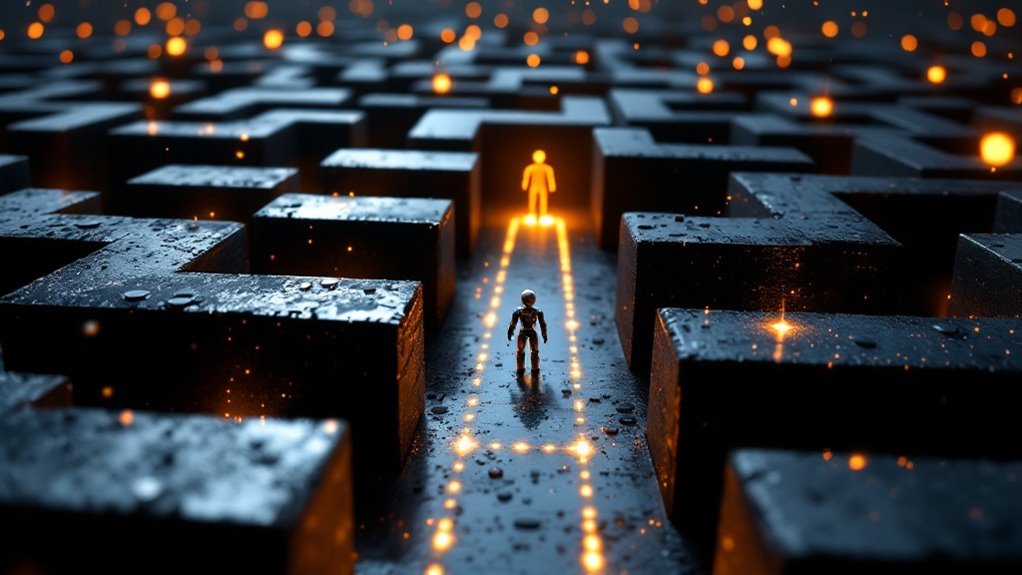Machine learning is the tech world’s overachiever, split into types like supervised learning (think—your email’s spam filter), unsupervised learning for finding patterns in chaos (hello, Google News clusters), semi-supervised mix-and-match for when labeled data is scarce, reinforcement learning (teaching robots to win at Go), and self-supervised learning—the cool new cousin powering smart assistants and advanced AI vision. These methods shape everything from speech recognition to self-driving cars. Stick around if you’re curious about how this all actually works.
Now, machine learning isn’t a one-size-fits-all deal. Picture it as a quirky family with five main members:
Machine learning is like a quirky family—five distinct members, each with their own strengths, quirks, and jobs to do.
- Supervised learning: Think of this as the honor student who always does their homework. It learns from labeled data, making it the go-to for tasks like spam filtering and speech recognition. Linear regression? Logistic regression? Those are its trusty pencils. In fact, predicting labels/targets using input features and trained models is the core of this approach.
- Unsupervised learning: Here’s the wild child—no labels, just raw, chaotic data. It’s amazing at finding hidden patterns, clustering news articles (looking at you, Google News), and helping marketers segment you and your friends into eerily accurate buckets. Cluster analysis is a key tool it uses to group similar data points without needing any guidance.
- Semi-supervised learning: This one’s a hybrid—using both labeled and unlabeled data. Perfect when you have just enough answers to cheat off, but not quite enough to ace the test. It shines in image and text classification, though it needs careful data babysitting.
- Reinforcement learning: Meet the gamer in the family. It learns by trial, error, and the occasional rage quit. Training robots, playing Go, and powering autonomous vehicles—this is where it dominates. This approach represents a fundamental AI subset that contributes to increasingly intelligent task performance.
- Self-supervised learning: The mysterious cousin—learning from unlabeled data, figuring things out solo. It powers many natural language and vision AI feats, like models understanding video content without a single human label.
As for real-world impact? Machine learning is everywhere: predicting heart disease, spotting fraud, modeling climate change, and, yes, deciding which meme you should see next.
Welcome to the era where data rules—and the algorithms are just getting started.









